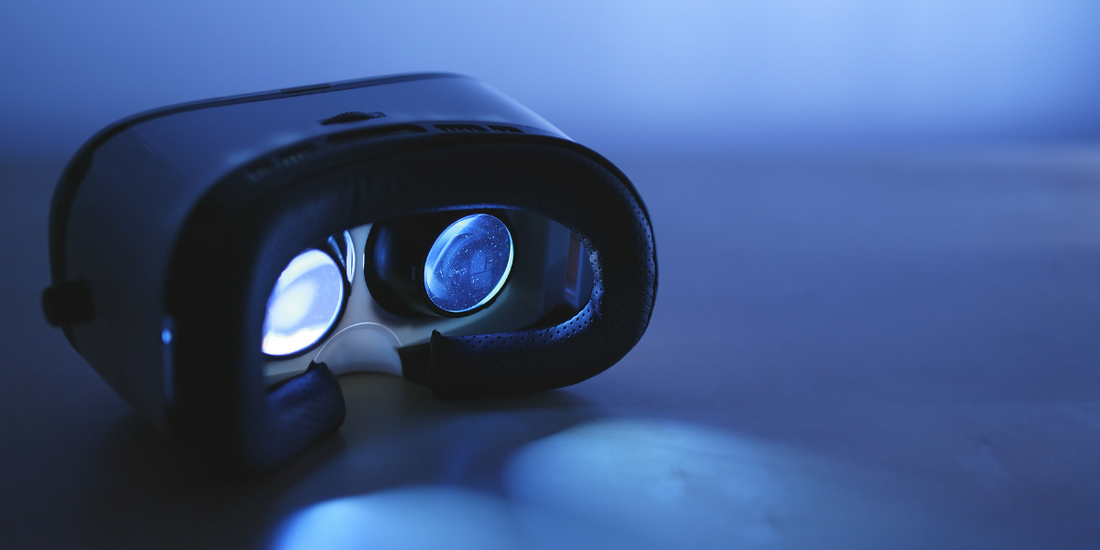
Types of Augmented Reality for Schools
Share
The first step in creating an AR experience is to recognize the physical world. To do this, AR technologies typically use GPS to locate the user's device. From there, relevant information can be shown without anchoring to a particular object. There are a variety of types of AR, including mixed reality, holographic, and spatial. Using GPS to locate the user and incorporating audio data into the simulation are other options for creating an AR experience.
Another type of AR involves developing software that can help students learn about new topics. Several software programs are now available for AR. A variety of learning scenarios can be developed and tested to assess the effectiveness of AR. Users can also share their experiences in the AR environment with other students. AR can help students overcome barriers and achieve their educational goals. With the right tools, AR can enhance the educational experience of students with different needs. However, the first challenge of AR in education is related to the educational levels. More research needs to be conducted on educational levels such as early childhood, short cycle, and degree or equivalent.
Augmented reality can help teach science concepts and improve learning in classrooms. AR has the potential to enhance learning in a variety of subjects, from space shuttle operations to kindergarten learning games. It can be used for on-the-job training as well, as students can use AR apps to complete assignments. However, it is important to keep in mind that AR software can be expensive, and there is no guarantee that it will be a hit in the classroom.
A popular AR software called Merge Cube allows students to manipulate a 3D hologram. It can be used as a globe to travel around the world, an aquarium to identify fish species, or a rotating projection of the solar system. With AR software, students can even create AR homework sheets. This way, students can practice their observation skills and understand the world in new ways. Once they have the skills and knowledge needed for AR, they can create an effective AR experience.
Moreover, AR has the potential to make learning fun and exciting for students with disabilities. The researchers of this technology, Mohd Yusof et al., have shown that AR is a valuable teaching aid for special needs students. In addition, AR has many other applications. It can be useful for science experiments. If students use AR to learn about various experiments, they can scan a lab instrument and get safety information.
Besides consumer markets, AR is also making major advances in the industrial world. A good example is the Newport News Shipbuilding, which designs U.S. Navy aircraft carriers. This company is already using AR at the end of the manufacturing process to reduce the time needed for inspection. Instead of looking at two-dimensional blueprints, engineers can view the final design superimposed on the ship. This greatly reduces the time spent on inspection.